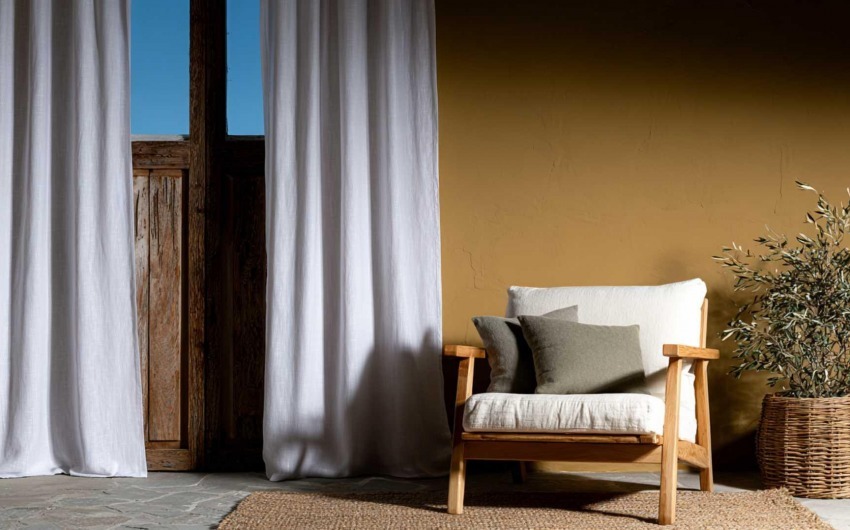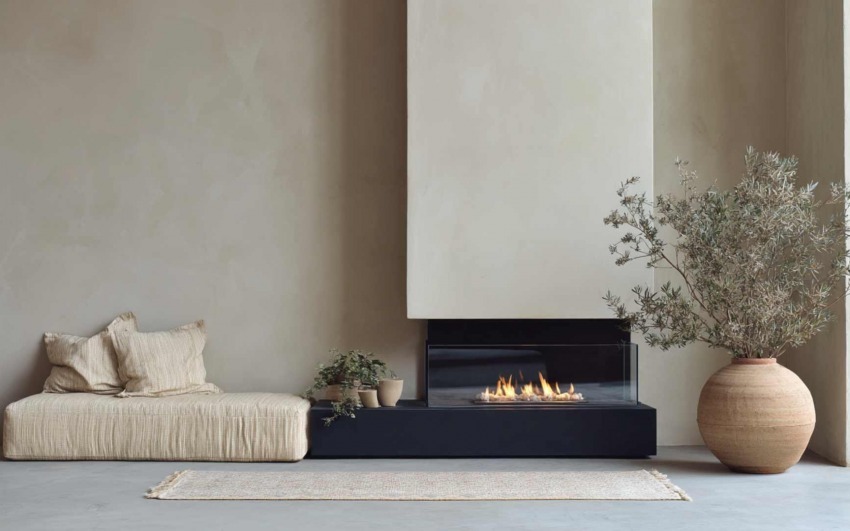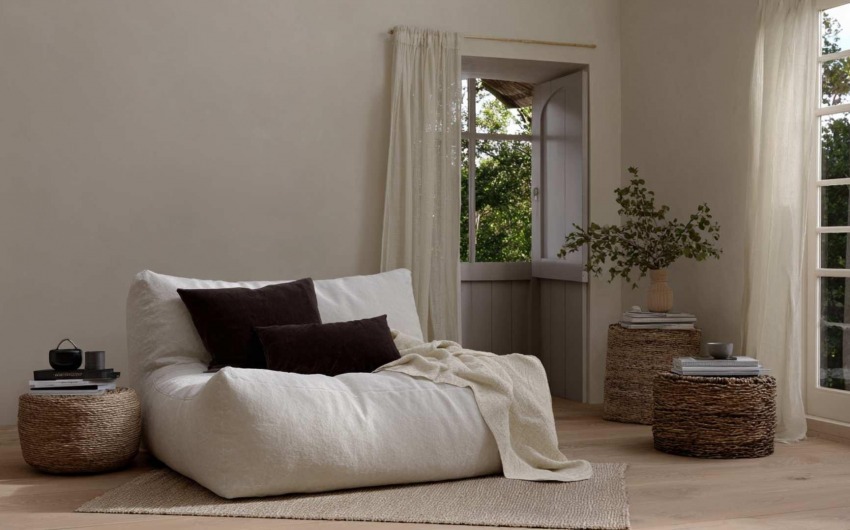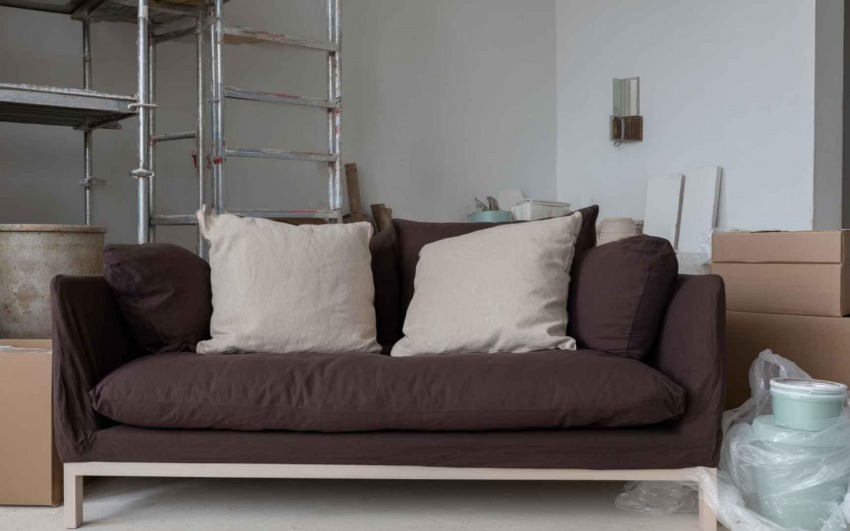3/28/2025
The chiaroscuro technique, well known in art and architecture, plays with the contrast between light and shadow to add depth, atmosphere, and character to spaces. Today, contemporary design uses this technique not only to enhance the aesthetics of a room but also to influence how we experience it. In this article, we’ll explore how to use chiaroscuro in interior design to create sophisticated and evocative environments.
1. Chiaroscuro in Interior Design: What It Is and Why It Matters
Chiaroscuro is a technique that utilizes the contrast between illuminated areas and shadows to create a sense of three-dimensionality and depth.
Adds drama and character: Direct light on a surface next to a sharp shadow creates a theatrical effect that enhances forms and materials.
Creates a sense of intimacy: Spaces that play with light and shadow feel cozier than those illuminated uniformly.
Enhances spatial perception: The correct distribution of shadows can make a room appear larger or more intimate, depending on the desired effect.
Practical Example
Imagine a living room with a large floor lamp directed at an exposed brick wall: the light creates a strong texture, while the shadows enhance the depth and character of the space.

2. Light Sources and Shadow Creation
To achieve a good balance between light and shadow, choosing the right light sources and positioning them strategically is essential.
Directional light: Spotlights and lamps with focused beams create sharp contrasts and dynamic atmospheres.
Diffuse light: Soft-diffusion lamps produce more subtle and natural shadows, ideal for relaxing environments.
Natural light: The orientation of windows influences the distribution of shadows throughout the day.
Practical Example
A bathroom with wall-mounted lighting positioned above a mirror creates a gentle effect on the face and surfaces, avoiding harsh shadows that could make the space feel unbalanced.
_3d4897f5c9_.jpg)
3. Materials and Textures: The Influence of Chiaroscuro
Chiaroscuro is not just about light but also how it interacts with materials and textures within a space.
Matte and rough surfaces absorb more light, creating soft and deep shadows.
Glossy and reflective materials diffuse light, reducing contrast between light and dark.
Translucent elements, such as frosted glass or sheer curtains, create delicate and layered shadows.
Practical Example
A wall with a raw concrete finish receives light from a side lamp: the shadows enhance the material’s roughness, adding depth and character to the room.
_f7178c1fe8_.jpg)
4. Practical Applications: How to Use Chiaroscuro at Home
Now that we’ve explored the importance of chiaroscuro, let’s see how to apply it in different areas of the home:
Living Room: Use a combination of direct and diffused lights to create a sophisticated and inviting atmosphere.
Bedroom: Play with bedside lamps and wall sconces for soft and relaxing lighting.
Hallways and Entryways: Utilize wall-mounted lighting to highlight depth and create visual interest.
Bathroom: Alternate between directional and soft lights to achieve a spa-like effect.
Practical Example
A hallway with wall sconces casting indirect light creates shadows along the walls, making the space visually more intriguing and inviting.
_74fb2241a3_.jpg)
Light and shadow are fundamental elements of interior design: learning how to use them intentionally can transform any space into a place rich in atmosphere, depth, and elegance.
Chiaroscuro is not just an aesthetic choice—it’s a visual language that adds character and personality to interiors. Let the light tell your home’s story.
_1e108b2954_.jpg)
_14077b47db_23.jpg)
Interior Designer since 1985
CEO & Founder, Italian Design in the World
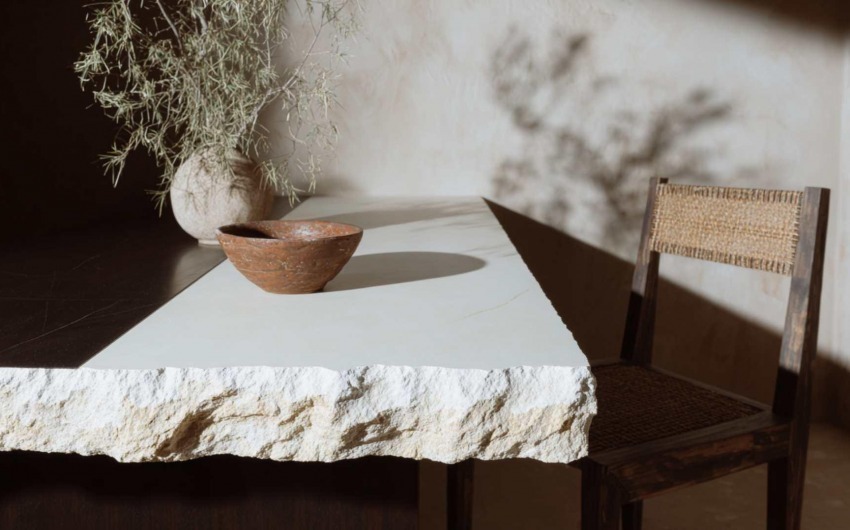
_0f565b1edb_633.jpg)
